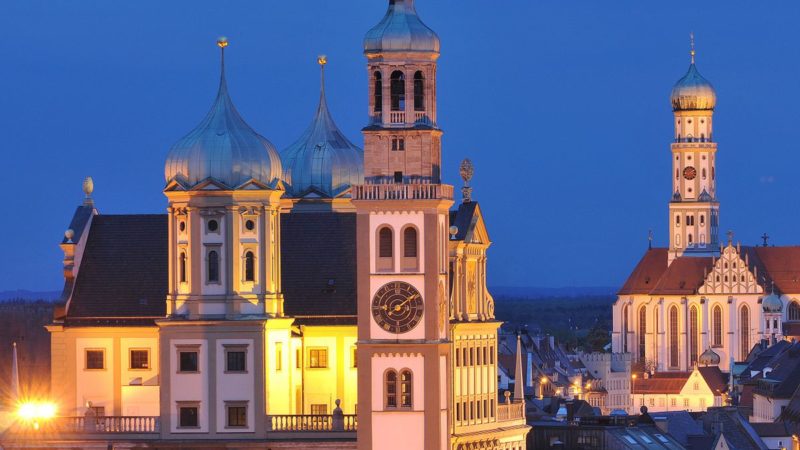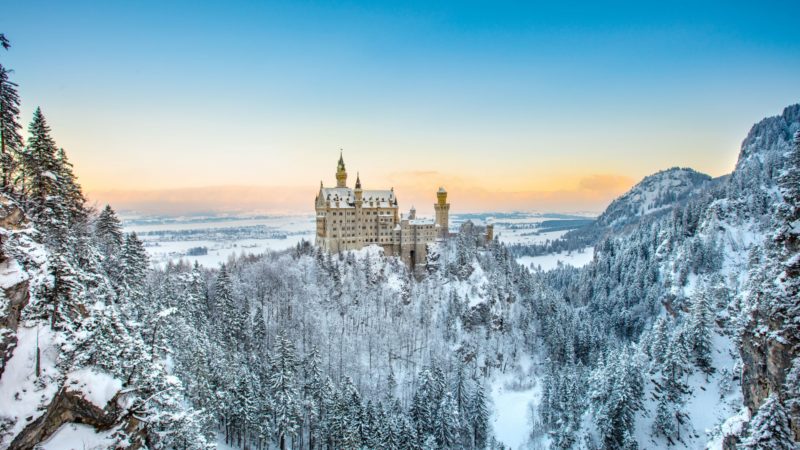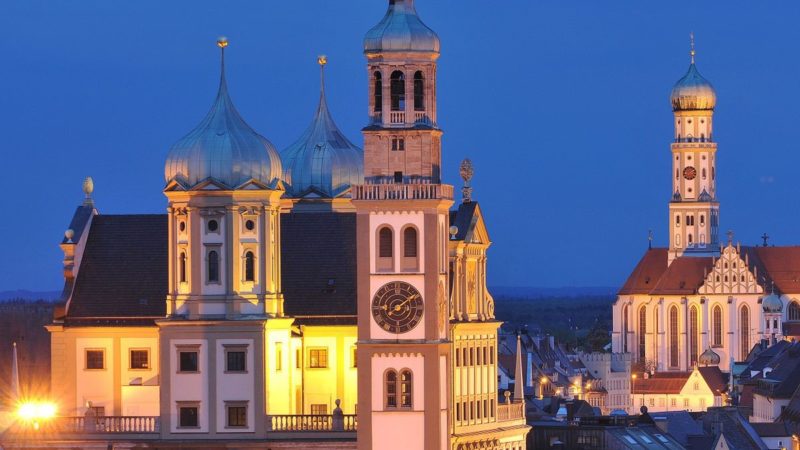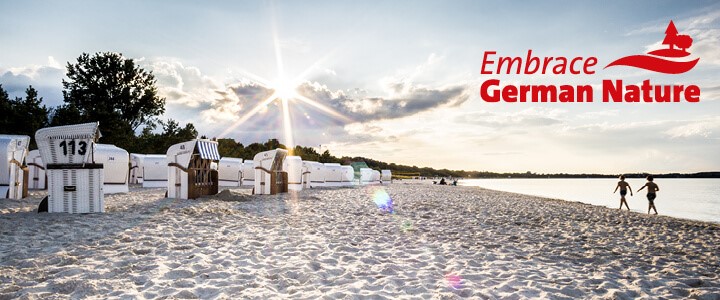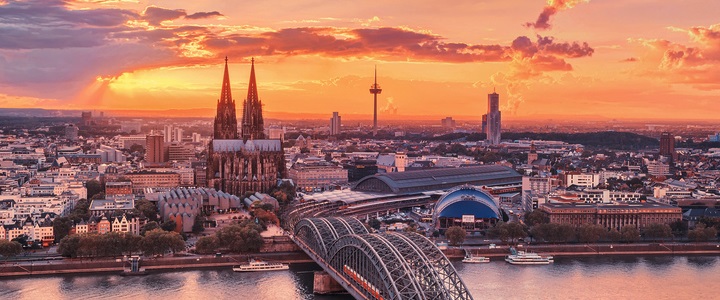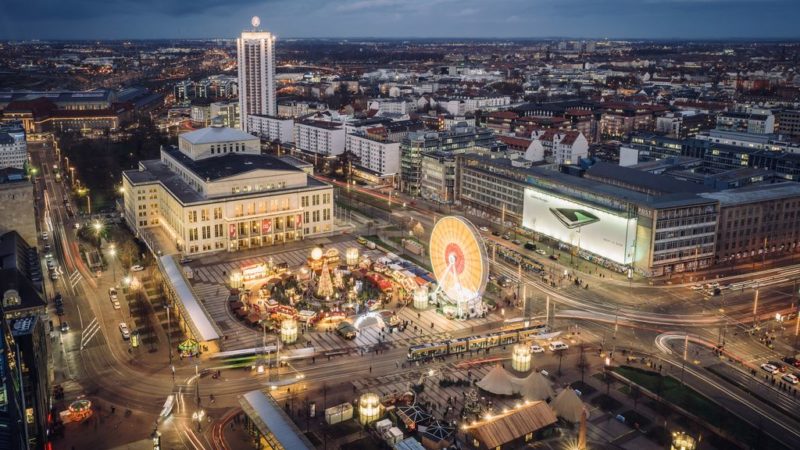Berlin, Humboldt Forum, Germania

A spectacular new place for art, culture and science in Berlin
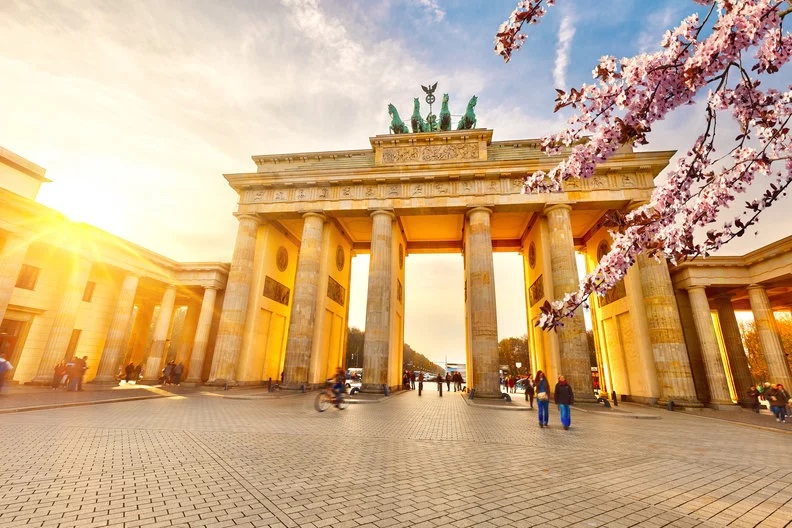
There is movement in the historic center of the capital: embedded in the historic cityscape of Museum Island, Berlin Cathedral, Crown Prince’s Palace and the Nikolai Quarter, a new cosmopolitan forum for culture, art and science is being created.
Concrete and Baroque
The new Humboldt Forum in Berlin Mitte extends – visible from afar – over an area of about 30,000 square meters. The reconstructed baroque palace facades on the north, south and west sides of the Forum shine in bright quince yellow. The eastern side of the Forum on the banks of the Spree is surprising: a modern, smooth exterior façade, in front of it the “Spreebalkon” and below on the bank, just above the water level, a large terrace.
So the architecture of the Humboldt Forum thrives on a high-contrast combination of ultra-modern building elements with the reconstructed sculpture facades of the former Berlin Baroque palace.
A new place for inspiration, action and exchange
What can visitors expect when they pass one of the six powerful entrance portals for the first time at the end of the year – due to the Covid pandemic, initially via livestream?
First of all, two large new city squares that will be open to urban life around the clock: the large Schlüterhof and the Passage, a broad collage path that runs right through the building. An impressive foyer on the first floor connects high-rise modern gallery walls with the reconstructed palace portal. This is where the “cosmographer” stands, a 17-meter-high media tower and quick-change artist: it will not only radiate information, but can mutate at any time into a gigantic art and light installation. Visitors will pass through the foyer to two special exhibition areas, which will present an interactive children’s exhibition as part of the opening.
Diving into the history of the place
In the Sculpture Hall on the first floor, the original sandstone figures of the castle facades can be viewed up close. And on the south side of the Humboldt Forum, a 28-meter-long video panorama will be shown, which vividly conveys the historical development of the site – since the earliest testimonies in the 12th century. Visitors can really immerse themselves in the history of the town in the castle cellar: here, the remains of the medieval Dominican monastery and the foundations of the castle have been uncovered.
The Berlin Exhibition: Berlin from new perspectives
On the second floor of the barrier-free building, the Berlin exhibition surprises with a special view of Berlin: Here, not only global developments that influenced and changed Berlin come into focus. It also asks how Berlin has affected the world, what impulses emanated from this city – and it does so together with visitors. Imaginative media and the “Weltstudio”, which asks about personal experiences, show the city as part of a diversely networked world.

The Humboldt Laboratory: a living workshop of ideas
Science and cutting-edge research on global challenges – not from a distance, but close up and tangible: The new Humboldt Laboratory, a project of Humboldt-Universität zu Berlin, is a workshop for everyone who wants to participate in the process of scientific research and discuss global problems and challenges: Climate change, environmental destruction, species extinction, major social ills. Right at the entrance to the Humboldt Laboratory, visitors are immersed in the world of research via the large model of a shoal of fish, symbol of shoal intelligence.
From autumn 2021: around 20,000 art objects from Africa, America, Asia and Oceania
Chinese court art, richly decorated houses from Palau, bronze and ivory reliefs from Benin or stelae from Guatemala: from autumn 2021, aesthetically outstanding exhibits from the 5th millennium B.C. to the present day will be presented on the second and third floors of the Humboldt Forum. They come from the world-renowned collections of the Ethological Museum and the Museum of Asian Art in Berlin. But the unique artifacts will not only present the fascinating traditions of other cultures. A new production will also focus on the circumstances under which they were taken from indigenous communities, the dilemma of the local actors, in short: the difficult history of colonialism and the role of Europe with its aftermath up to the present.
The history of the place
The Berlin Unwill 1448
An angry crowd with axes and hoes gathers, loud shouts resound, then the crowd destroys the weir. Water masses flood the Schlossplatz. The Berlin unwillingness of 1448 is directed against the palace construction that their liege lord Elector Friedrich II, called “Iron Tooth”, is planning there. In the end, the uprising fails, Eisenzahn builds his palace, and like no other building, the Berlin Palace is linked to the history of the city.
Blasting of the City Palace
Although the Berlin City Palace was heavily damaged by bombing during World War II, it is not in danger of collapsing. Nevertheless, the Socialist Unity Party of Germany (SED) decides to blow up the castle at its III Party Congress at the behest of General Secretary Walter Ulbricht. Despite all the protests, which point to its architectural and historical value as a major work of northern German Baroque, the demolition squad arrives just one day later on September 7, 1950. Only the Portal IV with the balcony on which Karl Liebknecht once stood is preserved and inserted into the façade of the newly erected Council of State building.
Instead of the palace, the Palace of the Republic is built as the seat of the People’s Chamber and House of Culture with stages, restaurants and a bowling alley. After the fall of the Wall and reunification, the asbestos-contaminated Palace of the Republic will be demolished in 2008.
In 2002 the German Bundestag decides to rebuild the Berlin Palace in the dimensions of the Hohenzollern Palace with three historical facades and the Schlüterhof. The decision to demolish the Palace of the Republic and reconstruct large parts of the palace initially provokes heated discussions. Architect Franco Stella is finally awarded the contract for the new building, and the foundation stone for the Humboldt Forum is laid in 2013.
From Berlin Trade News



